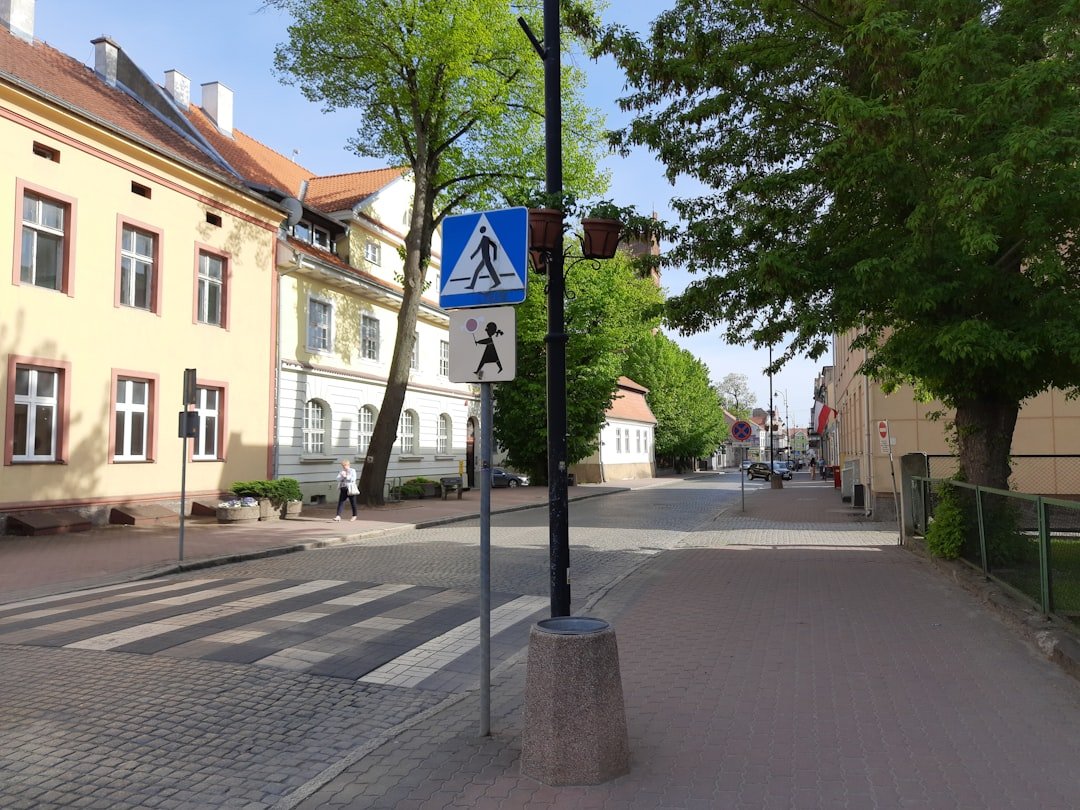Cabo San Lucas, a vibrant resort city located at the southern tip of Mexico’s Baja California Peninsula, is renowned for its stunning landscapes, luxurious accommodations, and a plethora of recreational activities. This picturesque destination is framed by the azure waters of the Pacific Ocean and the Sea of Cortez, making it a haven for beach lovers and adventure seekers alike. The iconic Arch of Cabo San Lucas, a natural rock formation that juts out into the sea, serves as a symbol of the region’s breathtaking beauty and attracts countless visitors each year.
With its warm climate, rich cultural heritage, and an array of dining and entertainment options, Cabo San Lucas has become a premier vacation spot for travelers from around the globe. As a bustling hub for tourism, Cabo San Lucas offers a unique blend of relaxation and excitement. Visitors can indulge in world-class fishing, snorkeling, and diving, or simply unwind on the sun-kissed beaches.
The vibrant nightlife scene, characterized by lively bars and nightclubs, complements the city’s laid-back atmosphere during the day. Beyond its natural allure, Cabo San Lucas is steeped in history and tradition, with influences from indigenous cultures and Spanish colonization evident in its architecture and local customs. As more travelers flock to this enchanting destination, understanding the nuances of navigating its roads becomes essential for a seamless experience.
Key Takeaways
- Cabo San Lucas is a popular tourist destination known for its beautiful beaches, vibrant nightlife, and outdoor activities.
- Road conditions in Los Cabos can vary, with some areas having well-maintained roads and others having potholes and uneven surfaces.
- When driving in Cabo San Lucas, it’s important to follow local driving laws and regulations, including speed limits and seat belt requirements.
- Tips for driving in Cabo San Lucas include being cautious of aggressive drivers, avoiding driving at night, and being aware of pedestrians and wildlife on the roads.
- Dealing with local traffic and driving etiquette in Cabo San Lucas involves being patient, using turn signals, and yielding to pedestrians and other vehicles.
- Safety precautions for driving in Cabo San Lucas include avoiding drinking and driving, securing valuables in the car, and being aware of potential car theft.
- Alternative transportation options in Cabo San Lucas include taxis, buses, and ridesharing services for those who prefer not to drive.
Road conditions and signage in Los Cabos
Navigating the roads of Los Cabos can be an adventure in itself, as the region features a mix of well-maintained highways and more rustic rural roads. The main thoroughfare connecting Cabo San Lucas to San José del Cabo is the Transpeninsular Highway (Highway 1), which is generally in good condition and well-marked. This highway serves as the backbone of transportation in the area, facilitating easy access to various attractions and amenities.
However, while the primary routes are typically reliable, some secondary roads may present challenges due to potholes or uneven surfaces, particularly after heavy rains. Travelers should remain vigilant and prepared for sudden changes in road conditions. Signage in Los Cabos is predominantly in Spanish, but many signs also feature English translations, catering to the international tourist demographic.
Road signs are generally clear and informative, indicating speed limits, directions, and points of interest. However, it is important for drivers to familiarize themselves with common traffic symbols and local road rules to ensure a smooth journey. Additionally, while GPS navigation systems are widely used, it is advisable to have a physical map on hand as a backup, especially in areas where signal reception may be unreliable.
Understanding the layout of Cabo San Lucas and its surrounding areas will enhance one’s ability to navigate confidently through this beautiful region.
Driving laws and regulations in Cabo San Lucas

Driving laws in Cabo San Lucas are largely similar to those in the United States and Canada, but there are some key differences that visitors should be aware of to avoid any legal complications. For instance, all drivers must carry a valid driver’s license, vehicle registration documents, and proof of insurance at all times while on the road. It is also mandatory for all passengers to wear seat belts, and children under the age of 12 must be seated in the back seat.
Speed limits are typically posted in kilometers per hour (km/h), with urban areas generally allowing speeds up to 40 km/h (25 mph) and highways permitting speeds up to 100 km/h (62 mph). Adhering to these regulations is crucial not only for safety but also to avoid fines or penalties. Alcohol consumption laws are strictly enforced in Cabo San Lucas, with a legal blood alcohol limit of 0.08%.
Drivers found exceeding this limit can face severe consequences, including hefty fines or even imprisonment. Additionally, it is important to note that driving under the influence is not only illegal but poses significant risks to both the driver and other road users. In case of an accident or traffic violation, it is advisable to remain calm and contact local authorities for assistance.
Understanding these driving laws will help ensure that visitors can enjoy their time in Cabo San Lucas without unnecessary complications.
Tips for driving in Cabo San Lucas
Driving in Cabo San Lucas can be an enjoyable experience if one takes certain precautions and remains aware of their surroundings. One essential tip is to familiarize oneself with local driving customs before hitting the road. For instance, while many drivers adhere to traffic signals and rules, some may exhibit more relaxed attitudes towards lane discipline or merging.
It is advisable to stay alert and anticipate unexpected maneuvers from other drivers. Additionally, be prepared for pedestrians who may cross streets without warning, particularly in busy tourist areas where foot traffic is high. Another important consideration is the time of day when driving.
While daytime driving generally offers better visibility and safer conditions, navigating at night can present challenges due to limited street lighting in some areas. If driving after dark is unavoidable, it is wise to stick to well-lit roads and avoid isolated routes. Furthermore, keeping an eye on weather conditions is crucial; heavy rains can lead to slippery roads and reduced visibility.
By planning ahead and remaining adaptable to changing circumstances, visitors can enhance their driving experience in Cabo San Lucas.
Dealing with local traffic and driving etiquette
Local traffic in Cabo San Lucas can vary significantly depending on the time of year and time of day. During peak tourist seasons or holidays, roads may become congested with both visitors and locals alike. Patience is key when navigating through busy areas; understanding that delays are part of the experience can help alleviate frustration.
It is advisable to plan trips during off-peak hours whenever possible or consider alternative routes that may be less traveled. Additionally, being aware of local events or festivals can help drivers anticipate increased traffic volumes. Driving etiquette plays an important role in ensuring a harmonious experience on the roads of Cabo San Lucas.
A common practice among local drivers is the use of hazard lights when temporarily stopping or slowing down; this signals to other drivers that they should proceed with caution. Furthermore, yielding to pedestrians at crosswalks is not only courteous but also a legal requirement. Maintaining a respectful attitude towards fellow road users fosters a sense of community and enhances safety for everyone involved.
By embracing these local customs and practices, visitors can navigate Cabo San Lucas with greater ease and confidence.
Safety precautions for driving in Cabo San Lucas

Preparation is Key
When driving in Cabo San Lucas, safety should always be a top priority. One fundamental precaution is ensuring that your vehicle is in good working condition before embarking on any journey. This includes checking tire pressure, fluid levels, brakes, and lights to prevent breakdowns or accidents on the road.
Emergency Preparedness
Additionally, it is wise to keep an emergency kit in your vehicle that includes items such as a first aid kit, flashlight, water, and basic tools. Being prepared for unexpected situations can make all the difference in ensuring a safe driving experience.
Staying Safe on the Road
Another critical aspect of safety involves being aware of your surroundings at all times. This means staying vigilant for potential hazards such as wildlife crossing the road or sudden changes in weather conditions that could affect visibility or traction. It is also advisable to avoid using mobile devices while driving; distractions can lead to dangerous situations on the road. If you need to make a call or send a message, pull over safely before doing so.
Enjoying a Safe and Peaceful Journey
By prioritizing safety measures and remaining attentive while driving in Cabo San Lucas, visitors can enjoy their travels with peace of mind.
Alternative transportation options in Cabo San Lucas
For those who prefer not to drive while exploring Cabo San Lucas, there are several alternative transportation options available that cater to various needs and preferences. Taxis are widely accessible throughout the city and offer a convenient way to navigate without the hassle of parking or navigating unfamiliar roads. Many taxi drivers are familiar with popular tourist destinations and can provide recommendations for local attractions or dining options along the way.
It is advisable to agree on a fare before starting your journey or ensure that the meter is running to avoid misunderstandings. Public transportation is another viable option for getting around Cabo San Lucas. Buses operate regularly between major points of interest within the city as well as between Cabo San Lucas and neighboring towns like San José del Cabo.
These buses are typically affordable and provide an authentic glimpse into local life; however, they may not always adhere to strict schedules or routes. For those seeking more personalized service, rideshare apps like Uber are also available in the area, offering an easy way to request rides at any time of day or night. By exploring these alternative transportation options, visitors can enjoy all that Cabo San Lucas has to offer without the stress of driving themselves.
For those planning a trip to Cabo San Lucas and considering driving around the city, it’s crucial to be well-prepared and informed about local driving conditions and regulations. If you’re looking for additional insights and tips on how to navigate the roads safely as a first-time visitor, consider reading the article available on Cabo Adventures. This resource provides valuable information that complements what you’ll find in the “Driving in Cabo San Lucas: Road Safety for First-Time Visitors” guide. You can access the article by clicking on this link: Cabo Adventures.
FAQs
What are the road conditions like in Cabo San Lucas?
The road conditions in Cabo San Lucas can vary, with some main roads being well-maintained while others may have potholes and uneven surfaces. It’s important to drive cautiously and be aware of your surroundings.
What are the speed limits in Cabo San Lucas?
The speed limits in Cabo San Lucas are generally 40-60 km/h (25-37 mph) in urban areas and 80-100 km/h (50-62 mph) on highways. Be sure to pay attention to posted speed limit signs.
Are there any specific traffic laws or regulations to be aware of in Cabo San Lucas?
In Cabo San Lucas, it is mandatory to wear seat belts, and the legal blood alcohol limit is 0.08%. It is also important to have a valid driver’s license and insurance while driving in Mexico.
What are some tips for driving safely in Cabo San Lucas?
Some tips for driving safely in Cabo San Lucas include staying alert, following the speed limits, avoiding distractions while driving, and being cautious of other drivers and pedestrians.
Are there any specific challenges or hazards to be aware of while driving in Cabo San Lucas?
Some challenges and hazards to be aware of while driving in Cabo San Lucas include aggressive drivers, narrow roads in some areas, and occasional wildlife crossing the roads, especially in more rural areas. It’s important to drive defensively and be prepared for unexpected obstacles.



